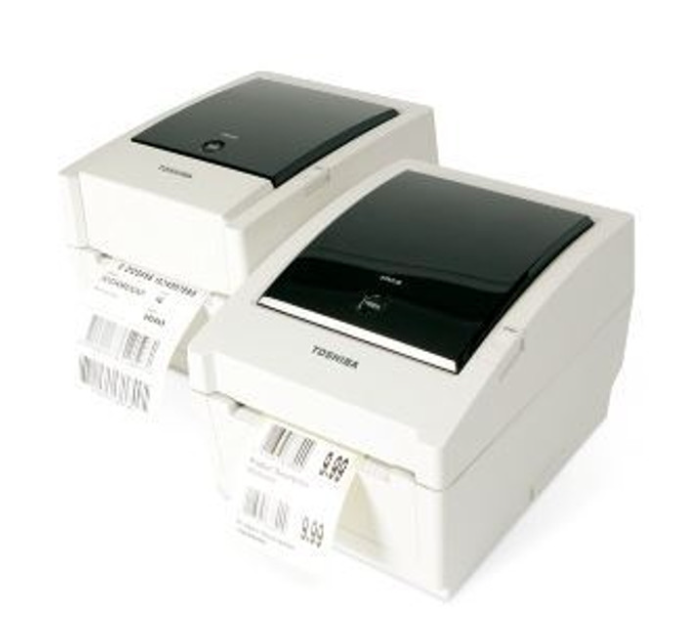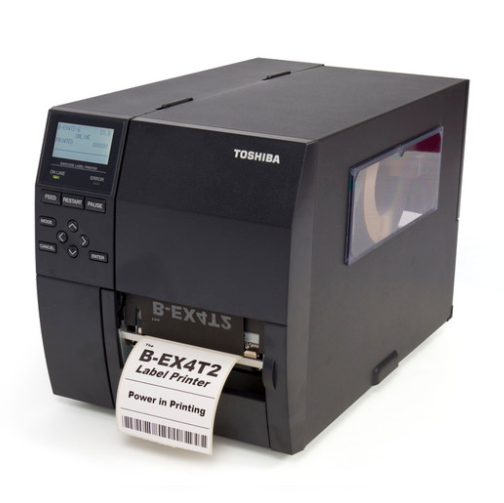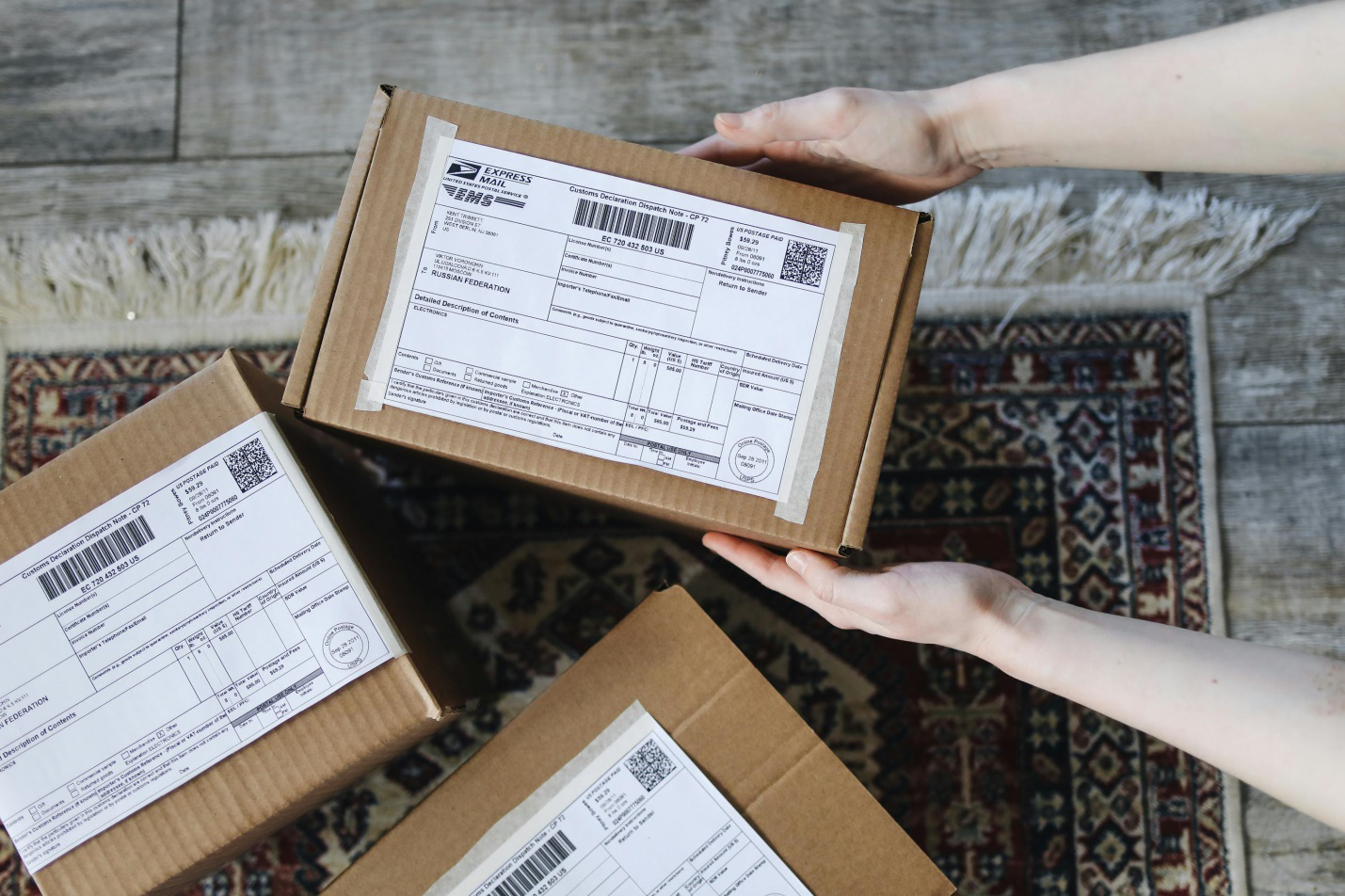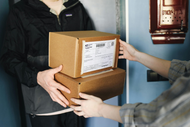Why Barcode Clarity Matters: Avoiding Scan Errors in High-Speed Environments
12th May 2025
We've all seen it happen—an employee at the checkout counter, a scanner in hand, struggling to get a barcode to register. A few seconds here and there might not seem like a big deal, but in high-speed environments like manufacturing lines, warehouses, or logistics centers, those seconds add up. Worse yet, a misread barcode can mean an incorrect shipment, a tracking error, or even a regulatory compliance issue.
As someone who's been in the labeling game for years, I can tell you that the little details make a massive difference. And when it comes to barcodes, it's not just about the design or placement—it's about print resolution and ribbon quality. That's why more businesses are turning to buying thermal label printers online or searching forthermal barcode printers onlineto avoid costly errors. Let's break down why those two elements are the unsung heroes of barcode clarity and how they directly impact scan accuracy and operational efficiency.
Print Resolution: The Foundation of Barcode Clarity
At DuraFast Label Company, we constantly work with clients who are upgrading from outdated printers. One of the most common issues we see? Poor print resolution. Print resolution is measured in dots per inch (DPI)—and the higher the DPI, the sharper and cleaner the barcode.

Why DPI Matters for Barcodes
Barcodes are all about contrast and spacing. A 1D barcode might just look like a bunch of black lines to the naked eye, but scanners read them by measuring exact line widths and spaces. If those lines are even slightly blurred or fuzzy, you run the risk of a failed scan.
In our experience, 203 DPI printers are fine for large barcodes or shipping labels, but when you're printing high-density barcodes—like the ones used for small packaging or pharmaceutical labeling—you're better off with a 300 or 600 DPI printer. That extra sharpness eliminates ambiguity.
Real-World Impact of Poor Resolution
We've had customers in logistics who reported misread barcodes on outgoing packages. After an audit, we found the culprit: their printer was set to a lower DPI, and it couldn't render tight barcodes cleanly. Once we helped them switch to a higher-resolution unit, the error rate dropped significantly.

Ribbon Quality: A Key Player in Long-Term Accuracy
Thermal transfer printing is only as good as the ribbon you feed into the machine. If your ribbon can't handle the speed or doesn't lay down ink evenly, it won't matter how good your printer is—you'll still get scan issues.
Understanding Ribbon Types
There are three main ribbon types we work with:
Wax – Best for basic paper labels. Affordable and fast, but not great for durability.
Wax/Resin – A balance of performance and durability. Great for coated paper or synthetic labels.
Resin – The premium choice for high-speed, high-durability environments. Excellent for harsh conditions and long-term labeling.
Each ribbon type has its place, but the key is matching the ribbon to your label material and the environmental conditions. At DuraFast, we often guide customers through this pairing because the wrong match leads to smudging, fading, or scan failure.
The Case for Premium Ribbons
In a fast-paced production environment, you want a ribbon that won't break down at high speeds. We've seen too many customers trying to cut costs with off-brand ribbons, only to end up with a jammed printer or faint barcodes that scanners just can't pick up.
That's why we carry premium-grade ribbons designed for precision and consistency. We test everything—from wax/resin ribbons for moderate wear to resin ribbons that withstand extreme heat and moisture. If your barcodes need to last, invest in the right ribbon upfront.
Barcode Quality Standards & Compliance
Another thing we always remind our clients is—barcode clarity isn't just about operational speed. In many industries, it's a compliance requirement. Retailers, pharmaceutical companies, and shipping partners all have barcode standards they need vendors to follow. Failing to meet those standards can lead to shipment rejections, chargebacks, or even fines.
The good news? A properly configured printer, a compatible ribbon, and the right DPI settings can bring your barcode quality well within spec.
How We Help Clients Stay Compliant
We work with businesses of all sizes to meet GS1 barcode standards, FDA labeling rules, and other regulatory guidelines. Whether you're labeling food, chemicals, or medical devices, we'll help you print barcodes that pass inspection the first time—every time. For many of these businesses, we recommend high-quality thermal label printers paired with barcode printers that are capable of consistent output and sharp resolution.
Ribbon + Resolution: Why the Combo Matters
Here's where things get interesting—resolution and ribbon quality don't work in isolation. You can't just upgrade one and ignore the other. We've seen clients install a high-end 600 DPI printer but use low-grade ribbons that can't keep up with the heat and pressure. Result? Smudged prints, failed scans.
Likewise, a top-tier ribbon won't save you if your printer is producing blurry images. The bottom line: optimum barcode quality comes from pairing the right ribbon with the right printer at the right resolution.
The Efficiency Factor: Saving Time (and Money)
If your scanners are constantly struggling to read your barcodes, that's not just annoying—it's costly. In one warehouse client's case, we calculated that scan delays added up to over 15 hours a month in wasted labor. After switching to a resin ribbon + 300 DPI combo, that time dropped to under 2 hours monthly. That's the kind of ROI we love to see.

Faster Processing, Fewer Returns
In distribution and retail, a clean barcode means faster checkout and fewer returns due to scan errors. It also means less frustration for your team and your customers. No one likes a "beep-beep-beep—nothing" scenario when trying to move products through a line.
That's why we always say that clean barcodes are silent efficiency heroes. You barely notice them when they work, but you definitely feel the pain when they don't.
Getting Set Up: Our Approach at DuraFast
At DuraFast Label Company, we don't just ship you a printer or roll of labels and call it a day. We actually walk you through setup, offer compatibility checks, and guide you toward the best ribbon-print combo for your use case.
We've helped clients across manufacturing, food production, logistics, retail, and even laboratories improve their barcode printing systems. Whether you're printing 200 labels a day or 20,000, we'll get you the tools that match your speed and accuracy needs.
Your Barcode Problem Isn't Too Small (or Too Big)
Do you have a nagging issue with your barcodes not scanning every now and then? Or maybe you're setting up an entire product line and want to start off strong? We're here for all of it.
We've worked with startups and Fortune 500s. We've helped teams with one printer in a back office and others with an entire fleet. If it's a barcode, we know how to make it scan right.
Need Help Avoiding Scan Errors? Let's Get It Right the First Time
We at DuraFast Label Company know how much accuracy matters—especially in high-speed environments where even a second of delay can snowball into lost revenue. That's why we don't just sell printers or ribbons—we help you make smart choices from day one.
Whether you're looking to buy thermal transfer printers, purchase color label printers online, or explore the best color label printers for sale, we've got you covered.
Contact us today to talk with our barcode specialists—we're here to make sure your next label prints right the first time.
